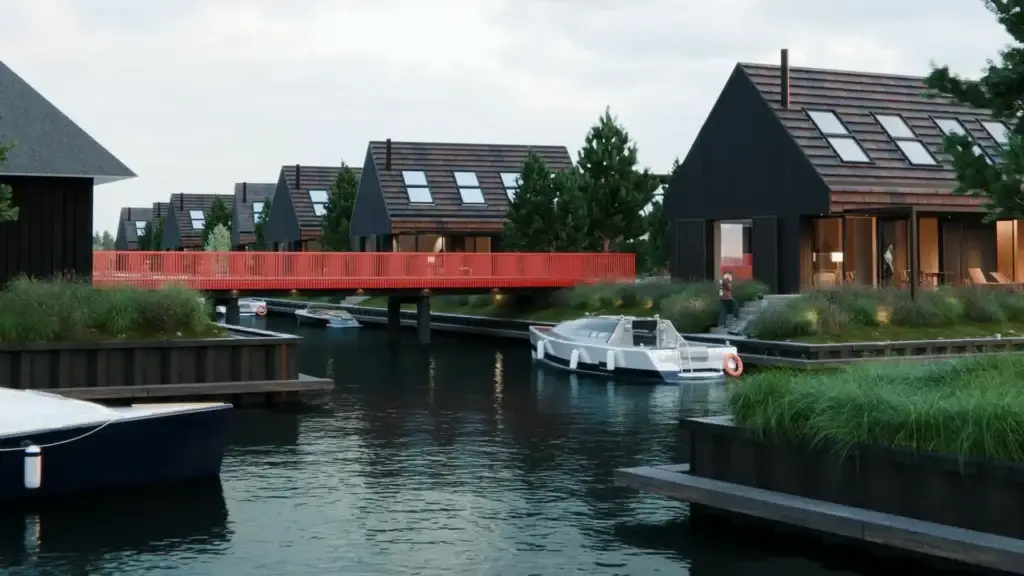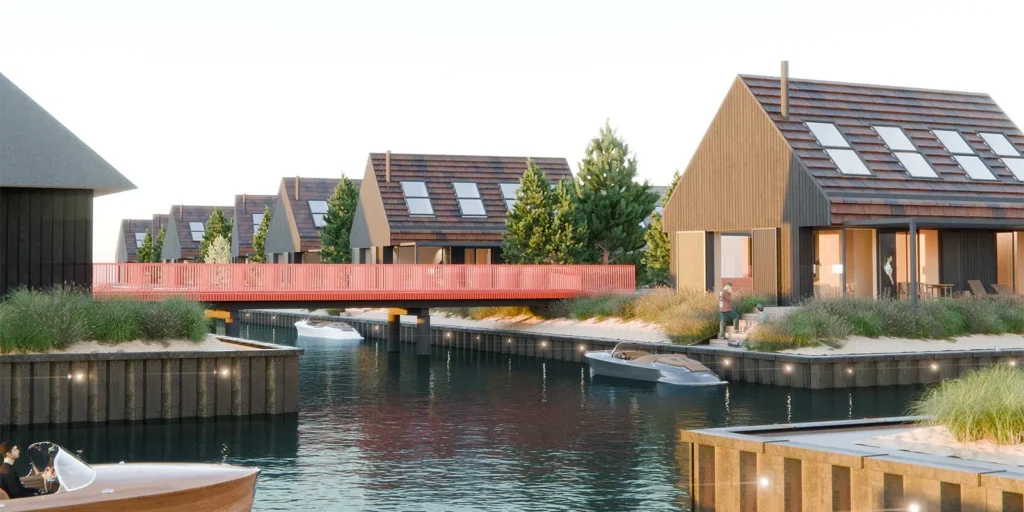The new city rising on the eastern shore of the Curonian Lagoon is unique in Lithuania. Its architects have already won several prestigious awards. And the cylindrical houses with glass walls, resembling huge barrels, which are planned for the area, have become an international sensation before they are even built.
Its unique shape and the optical illusion that it can roll when you move it, gave it the instant nickname of the "rolling house". News of this innovative project quickly spread to foreign architectural portals and magazines, generating a wave of admiration and attention from architectural enthusiasts.
Svencelė Islands are becoming a centre of innovation not only for Lithuanian but also for international architecture. It is a place where modernity combines with nature, and exceptional design captivates both local and international visitors.
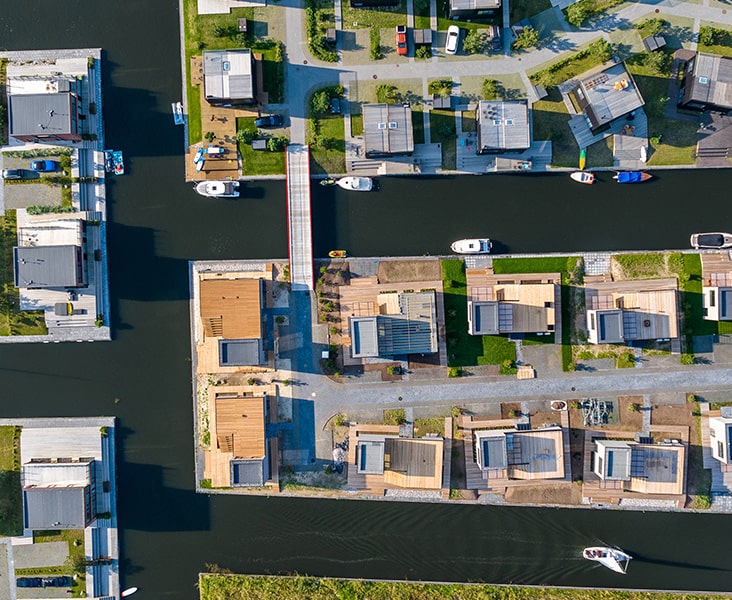
Looking at the modern, yet harmoniously blending into the Curonian Lagoon landscape, it is hard to believe that a few decades ago, Svencelė Islands was a collective farm, with cattle stampeding on the farms and flocks of ducks quacking in ponds. Only the surviving photographs from that time help us to imagine. "The urbanisation of this area started with the dream of Dainius Šatkaus (entrepreneur, manager of Svencelė Salai - Ed.) to create a town on the water where you could relax, play sports and dream, because the place is magic. It has been discovered before by kite surfers. And Dainius Šatkus saw an opportunity to transform the old farm buildings and create a city," says Baldišiūtė, who designed Lithuania's first settlement on water based on Šatkus' idea.
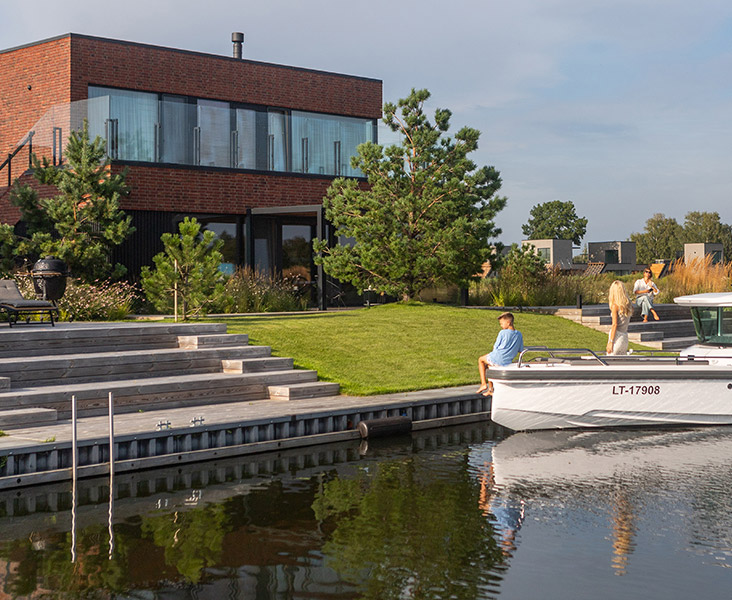
The entrepreneur D. Šatkus discovered Svencelė through reeds. One of his businesses is supplying raw material to reed roofers. Such roofs are still popular in Denmark and the Netherlands, and reeds used to flourish on the shores of the Svencelė Lagoon.
When asked about the origins of the idea to create a holiday resort on the site of a farm, Šatkus jokes that Lithuania used to be a country of skiers, but now everyone in Lithuania is kiteboarding. This was an important incentive for him to turn the village of Svencelė, a mecca for kiteboarding enthusiasts, into an exclusive modern resort, suitable for quality recreation with all the services and infrastructure of a city.
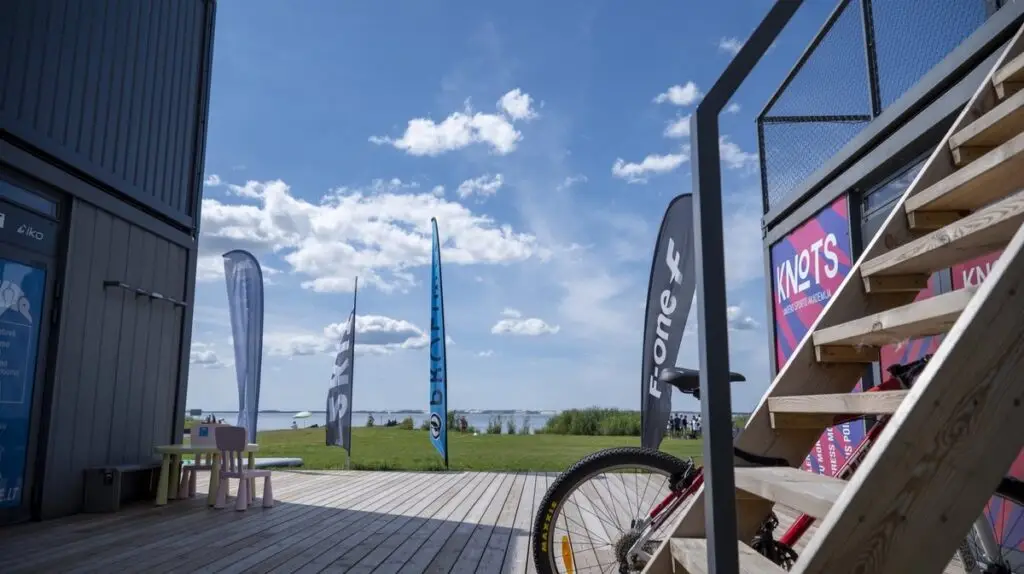
The idea of a new city and its promoters, which was born in 2005, has had to endure many challenges - both bureaucratic and financial. "The project has survived the 2008 crisis, the post-crisis stagnation and the ups and downs. Needs have constantly changed. We needed to find a structure in the mess left by the duck farms that could change over time.
The houses needed to be 20 m², then 100, then 200. You have to be flexible, but each time you have a backbone of value. The canals became that backbone. The houses that are growing here can be divided into duplexes, quadruplexes or single-family houses, but there is always that relationship: the house, the water, the canal, the outlet to the Curonian Lagoon," the architect explains.
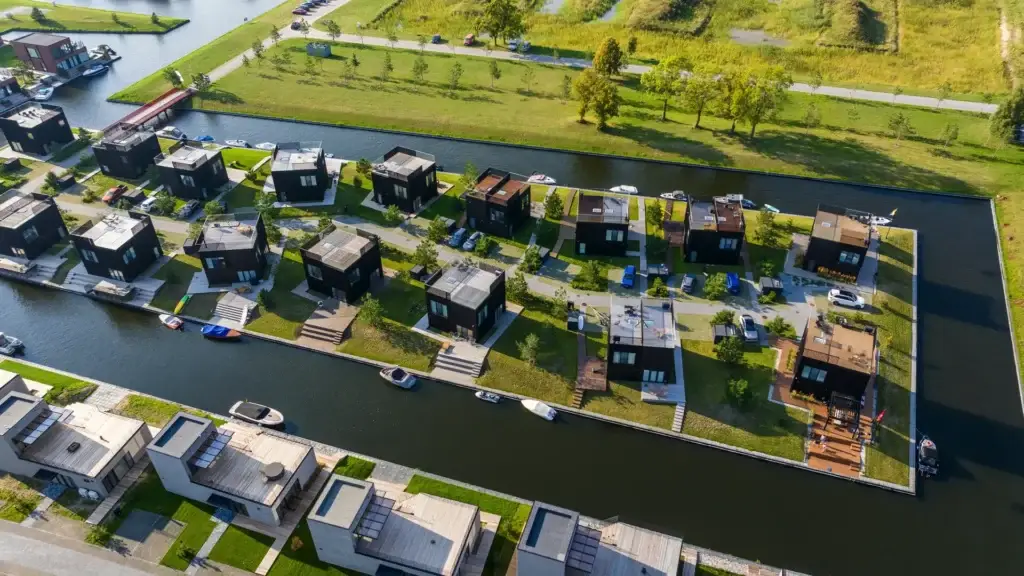
The distinctive feature of the village of Svencelė is the water that frames it on all sides. The town is built on a peninsula and four artificially formed islands. The islands are separated from each other by channels dug around them, which are almost 4 kilometres long. The canals lead directly into the lagoon and the houses can be reached not only by car but also by boat. Each house has a private jetty that leads onto a terrace.
According to Šatkaus, this place is a paradise not only for kite surfers, but also for fishermen, because they can throw their fishing rods into the canal through the kitchen window and catch lagoon fish for dinner, which are surprisingly abundant in the canals. The canals have already led to comparisons between the islands of Svencelje and the Netherlands' cities on the water and Venice. But for some, water can be associated not only with romance but also with natural hazards such as floods.
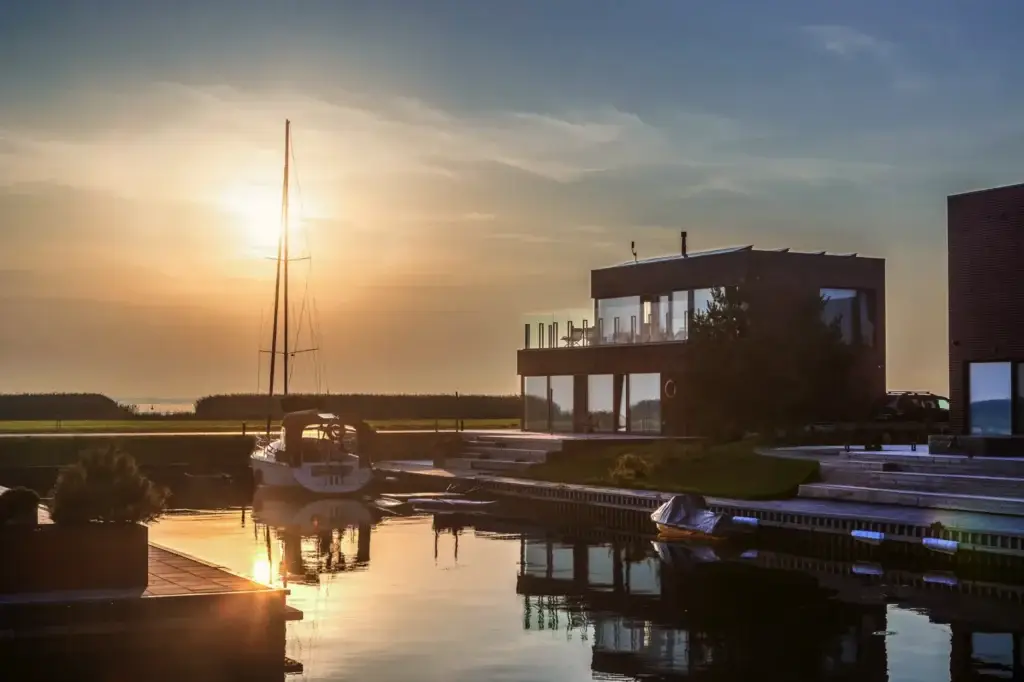
"Technological things were very scary 15-20 years ago when we started the project. It seemed that water was just a threat, a threat, a threat. Everyone we consulted at the beginning calculated, measured and concluded that the water level here fluctuates within a metre. This fluctuation happens once every 70 to 100 years, less often than war. If the water rises over a metre, maybe it will soak the door mat, maybe it will get your shoes wet," says the project manager.
The biggest water risk, she says, is on a stormy, very windy day, not because the water is rising, but because the wind is pushing the water into the canals. The same is true on the other side of the Curonian Lagoon, in both Juodkrante and Nida, where we see frozen shores in winter.

"Once we had a number of different reports, we realised that the project needed to be simplified and the planned water locks had to be scrapped. We did this not only for technical reasons, but also after analysing how the coastline, the breakwater, the boats, the houses react every winter. The settlement started with containers turned into temporary houses, and nothing has happened to them in 10 years - they have not been knocked over, blown away or covered over. This experience has given me the confidence to choose simpler solutions that adapt to the environment."
Over time, high concrete canal embankments have been abandoned in favour of underwater plastic structures, low slopes covered with natural grass, wooden piers and terraces. There was no analogue of such a settlement in Lithuania, so foreign specialists helped with the design. The idea for the master plan for Svencelė was developed in collaboration with the Dutch architectural studio Karres en Brands.
According to André Baldišiūtė, their experience in this project has been well received. "They found many parallels between the Dutch landscape and this area. We started shaping this landscape like clay - experimenting and seeing what could come out of it."

Next spring, a public small boat harbour with 100 berths is planned to open in Svencelle, which will become the centre of the town. It will be surrounded by shops, cafés, hotels and a spa. Perhaps in the future, a church will be built here - another symbol of a real town.

